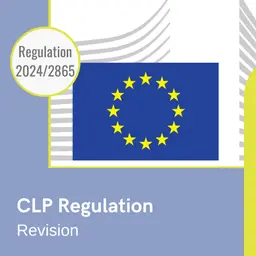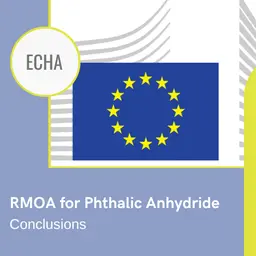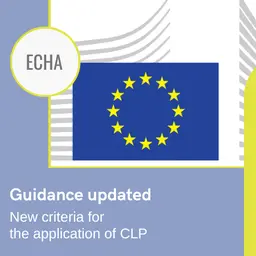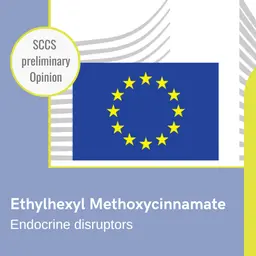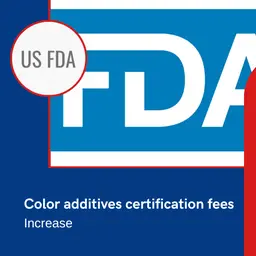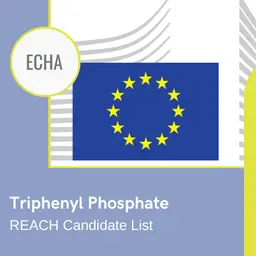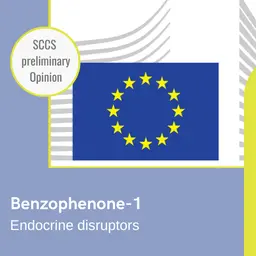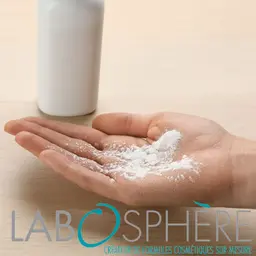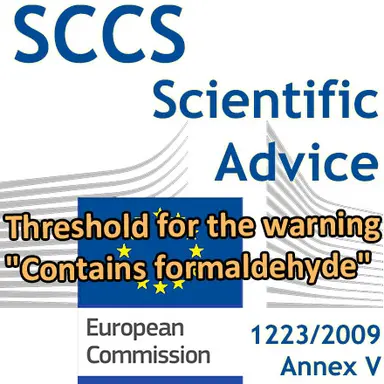
Following the request of the European Commission, the SCCS has re-evaluated at what concentration in the finished product the statement “Contains formaldehyde” should be displayed on the label of a cosmetic product, whereas it is currently set at 0.05%. The Scientific Committee adopted its Scientific advice by written procedure on 7 May 2021. It is not subject to a commenting period.
Background
Formaldehyde (CAS No.50-00-0, EC No.200-001-8) was classified as a carcinogen substance of category 1B by Commission Regulation (EU) No.605/2014. The substance is also classified as skin sensitizer Cat. 1 (H317 - May cause an allergic skin reaction).
Point 2 of the preamble of Annex V to the Cosmetics Regulation 1223/2009 requires that: “All finished products containing substances […] which release formaldehyde must be labelled with the warning ‘contains formaldehyde’ where the concentration of formaldehyde in the finished product exceeds 0.05%.”
In 2020, the Commission services received information suggesting that formaldehyde exposure to levels below 0.05% could cause contact dermatitis in persons with formaldehyde allergy, questioning the current provisions concerning the labelling of such substances in Annex V.
For an exhaustive background information, see the article
• Threshold for the warning “Contains formaldehyde”: request for the SCCS Opinion, CosmeticOBS, 22 February 2021
The Scientific advice
1. In light of the data provided and taking under consideration the available scientific literature, does the SCCS consider the 0.05% threshold for labelling formaldehyde releasing substances adequate to protect consumers?
The SCCS considers that the present threshold does not sufficiently protect consumers sensitised to formaldehyde from exposure to free formaldehyde from formaldehyde releasers. …

